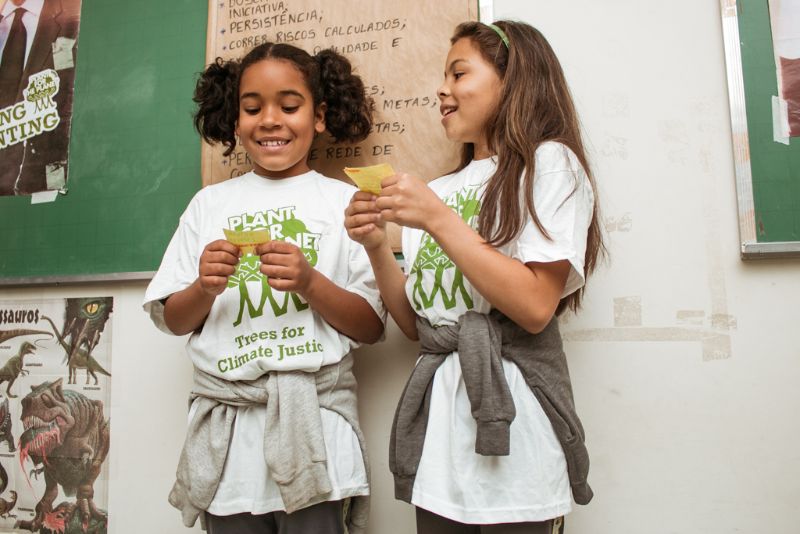As restoration is in itself an intricate network of interrelated actions, it makes sense that the best option to achieve long-term success is to use a holistic approach towards ecosystem restoration. With this in mind, Plant-for-the-Planet has developed restoration/reforestation guidelines covering biological, social, and economic aspects to ensure high quality projects are supported by our platform.
These standards build on academic literature and the International Principles and Standards for the Practice of Ecological Restoration (by SER et al.), the Principles for Ecosystem Restoration to Guide the United Nations Decade 2021–2030 (by UN Environment Program, FAO et al.), and the Road to Restoration (by WRI & FAO).
We would love to receive any comments, feedback, or suggestion.
Please feel free to write to maximilian.schmid@plant-for-the-planet.org anytime.

United Nations Environment Programme
The Restoration Project Review board advises on restoration project standards and makes the final decision on which projects meet our restoration standards to participate on the Plant-for-the-Planet Platform.
Contact us at reviewboard@plant-for-the-planet.org
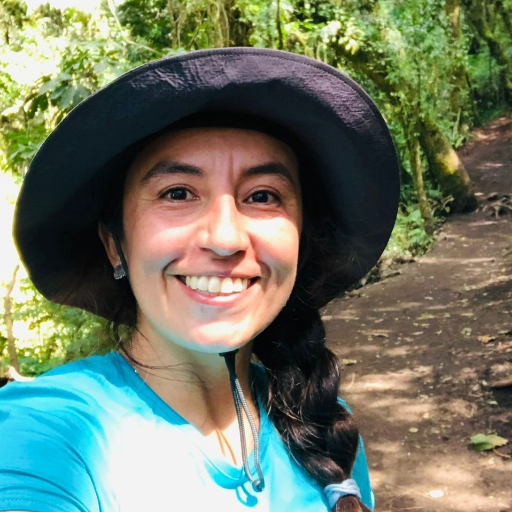
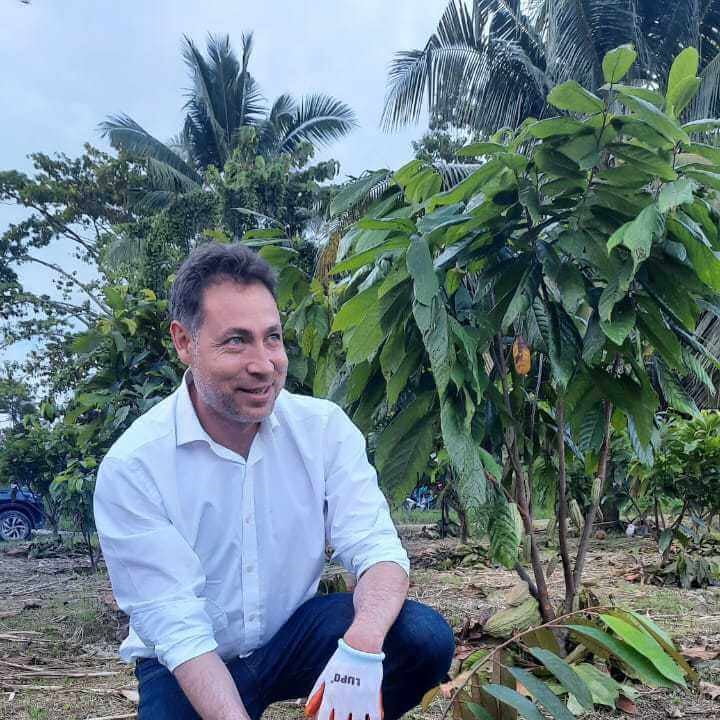
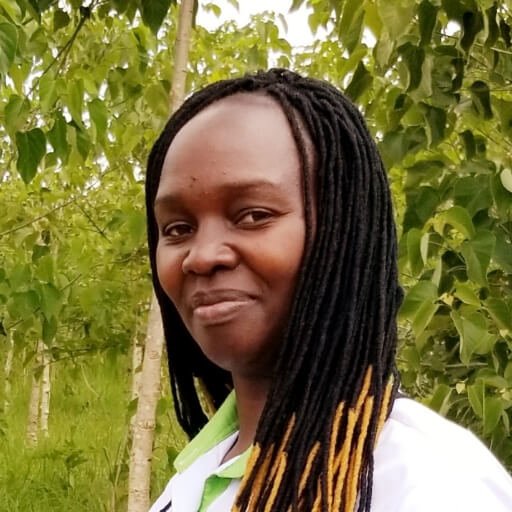
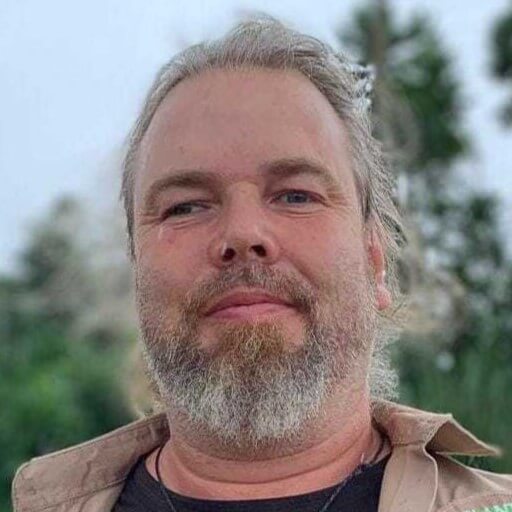

AR Standards Version 1.2, Jul 2024
Requirements
Projects must meet at least 27 of the 32 main standards (including all mandatory standards- marked in beige) to receive donations via the Plant-for-the-Planet platform. To qualify as a top project, you must meet at least 12 of the 19 top standards.
Core Standards
The Core Standards are the same for all restoration project types.
| No. | Issue | Criteria | Main Standard | Top Standard | Verification Category & Metric |
|---|---|---|---|---|---|
| A1 | PLANNING A PROJECT ¹ Do you have a project plan? / Type of project | A1.1 Existence of a project with clear objectives adapted to the social, economic and environmental context of landscape. | The project is developed according to the local context (social and biological) and site conditions. It has a written plan with clear goals, objectives and the work is aligned with them. | Holistic land use planning and spatial prioritization approach to ensure native forest continue to regrow and not compromising other productive activities | VERIFIED Copy of the plan, questionnaire or interview with the project leaders |
| What is the original problem / is the cause of degradation solved? | A1.2 Underlying drivers and root causes of deforestation or degradation | Work in place to address drivers of deforestation or degradation in the project area | Degradation cause eliminated in the project area and work in place to address drivers of deforestation or degradation in the community or surroundings of the project area. | PLAUSIBILITY CHECK Questionnaire |
|
| Who is implementing the project? | A1.3 Type of organization | Registered as: Non-profit organization Cooperative Community groups organization Other | VERIFIED Registration certificate / registration number |
||
Land tenure | A1.4 Agreement on land tenure If buying; payment for land | Land tenure clearly defined and without conflicts. No land dispossession to local/indigenous communities. If buying land, fair payment and by will of local owners. | VERIFIED Copy of land tenure contract / Agreement / Letter of Intention |
||
Does the community support the project? | A1.5 Community approval | No current conflict between the community and the project implementation | Community initiated the project. | SELF-REPORTED Questionnaire |
|
| IMPLEMENTATION OF THE PROJECT Who is involved in project implementation? | A1.6 Community | Working with community, women, and indigenous groups (if applicable). At least 1/3 of women working in the project | Working with a diverse selection of community members in the project, for ex. women, youth, etc. | SELF-REPORTED Questionnaire Agreement / Code of Ethics |
|
| A1.7 Community involvement ² | Community is involved in the implementation of the project. | Community has been involved since the planning phase of the project. | SELF-REPORTED Questionnaire |
||
| MONITORING Reviews | A1.8 On-site visits | Full access on-site to reviewers and observers | VERIFIED Site visits |
Biological Standards
| No. | Issue | Criteria | Main Standard | Top Standard | Verification Category & Metric |
|---|---|---|---|---|---|
| B2 | PLANNING A PROJECT Where is the project located? – What are the current conditions? – Have potential unintended negative consequences of reforestation been considered? | B2.1 Original ecosystem type | No conversion of non-forest ecosystems to forest | Projects from high endangered ecosystems or working with endangered species | VERIFIED Ecosystem type verification via Global Forest Watch, KBA and satellite analysis images for no conversion |
| B2.2 Vegetation present in the area: grass/ bare ground some vegetation/ shrubs established vegetation (native or invasive) | No cutting of native forest (Cutting of invasive/ non-native species is allowed to improve ecosystem health) | VERIFIED Evaluation of vegetation present at site before the project starts or during project development (i.e., List of plant species present, indicating if native, non-native or invasive, general description of site and surrounding landscape). |
|||
| B2.3 Unintended negative consequences | Potential negative consequences of planting considered (e.g., no planting of fast growing non-native species in agroforestry projects in arid systems where they could disrupt the water table ³,⁴; no planting exclusively evergreen trees where ecosystems are deciduous dominated). | Planting according to the natural original composition. | |||
B2.4 Project context | Project is developing opportunities to contribute to regional conservation goals | SELF-REPORTED Questionnaire |
|||
| B3 | SOURCING TREES ⁵ What are you going to plant? | B3.1 Species in the project | Not planting any invasive species to the region. Invasive alien species (IAS) are species introduced into places outside their natural range that have negative impacts on native biodiversity (IUCN, 2018) | VERIFIED List of species planted |
|
| B3.2 Number of species planted | Temperate: 2 species Tropical:8 species Mangroves: 1 species | Temperate: 4 species Tropical: 15 species. Mangroves: 2 species | VERIFIED List of species planted, percentages and field visits TreeMapper |
||
| B3.3 % of each species | No species should represent more than 40% of total. * In systems where naturally one species dominates this point doesn’t apply. | ||||
| B3.4 % of non-native species | Maximum 30% of non-native species with a justification for their use | Only native species (naturalized species are allowed) | VERIFIED List of species planted Field visits and, where applicable, verify no visual dominance of any species in the field TreeMapper |
||
Where are plants sourced from? | B3.5 Origin of seeds and seed collection sites | 80% seeds collected within 250km radius | Seeds origin collection following appendix 1 of SER guidelines and ensuring genetic diversity. TOP: Native seeds collected by, or bought to community members. | PLAUSABILITY CHECK Questionnaire Field and nursery visits |
|
| B4 | PLANTING Is it necessary to plant? If yes, how are you going to plant? | B4.1 Does the system require tree planting? | No afforestation or planting in areas that have rapid rates of natural regeneration. Assisted Natural Regeneration (ANR) is allowed. | PLAUSABILITY CHECK Questionnaire and site visits |
|
B4.2 Density – number of trees per ha - % of each species | Max. 10,000 trees /ha (high density only permissible if survival rates are low) | VERIFIED TreeMapper – pictures of plants. Site visits |
|||
| B4.3 Height / age of plants | ~ 30cm height / only planting non-damaged seedlings (lignified stem, good root development, no weeds in the pots, no disease damage, no nutrient deficiency) | PLAUSIBILITY CHECK Questionnaire and site visits |
|||
When are you going to plant? | B4.4 Months / Season | Clearly defined planting season (according to the ecosystem) | PLAUSIBILITY CHECK Questionnaire |
||
How do you prepare planting sites? | B4.5 Method of clearing | NO fire, only allowed in ecosystems adapted to frequent fires. If fire is used, have a clear protocol. | PLAUSIBILITY CHECK Site visits |
||
| B4.6 Removal of trees/ Width of stems removed | No cutting of existing trees (>10cm DBH), unless pruning or invasive/non-native for improving ecosystem health | PLAUSIBILITY CHECK Site visits |
|||
| B5 | AFTER PLANTING/MONITORING⁷ Do you care for trees after planting? / Maintenance of trees | B5.1 What? How long? Clearing / watering (if necessary) | Do Clearing / provide after care or general maintenance of the areas for at least 2 years according to the needs | Do Clearing / provide after care or general maintenance of the areas for at least 3 years according to the needs | PLAUSIBILITY CHECK Questionnaire Site visits |
General ecosystem health questions | B5.2 Invasive species (if already present in the ecosystem) | For areas where work has been done for less than 5 years: less than 70% of the area covered by invasive species and projects actively working on depleting it. For areas where work has been done for 5 years or more: Less than 50% OR no clear visual dominance *Planting of invasive species in agroforestry systems is not allowed. If there is an already present invasive species useful for the community, the project can maintain it (but not plant more) if special measures to avoid spreading or damages to the ecosystem are being applied. | For areas where work has been done for less than 5 years: less than 50% or no clear visual dominance. For areas where work has been done for 5 years or more: less than 25%, whenever possible, or present just in small patches/almost eradicated or not representing a threat to the ecosystem. | VERIFIED Site visits random visit of at least 5 points |
|
Reporting | B5.3 Annual reports | Publish annual statistics on: - Area restored, including shapefile (GeoJson or KML of the working area) - Number of trees planted - Species planted - Species composition - Survival rate (after year 3) Note: this standard can be fulfilled using the free TreeMapper tool, but other tools are accepted - Provide an annual confirmation of the use of funds | Publish annual statistics, including data collection methodology, on: - Vegetation cover - Community engagement - Fauna monitoring or other indicators | VERIFIED TreeMapper or annual reports Annual confirmation |
|
| B6 | HARVESTING (Applicable only for projects that intend to do so) Harvesting techniques | B6.1 Timber products | Max. 10% of total trees every 30 years (*or following documented best forestry practices)⁹ and, if for profit, only for community profits or to continue with restoration activities. | No harvesting of timber products (*or following documented best forestry practices). Only maintenance activities | SELF-REPORTED Questionnaire |
B6.2 Non-Timber Forest Products (NTFP) | NTFP harvesting following sustainable forest management guidelines⁸ | SELF-REPORTED Questionnaire |
|||
| B7 | CONSERVATION ASSURANCE How long are planted trees secure? | B7.1 Land tenure | Ensure that some action for protection of the trees is in place. | Protection of trees for 30-50y or more (written or communally agreed) | VERIFIED Copy of land tenure contract or Letter of Intent (a template can be provided) |
Are trees secured (if necessary)? | B7.2 Tree protection (animal threats, like cattle) | If the area requires protection from animal threats, 50% of areas are protected. | If the area requires protection from animal threats, 100% of areas are protected. | VERIFIED Site visits |
Social & Financial Standards
| No. | Issue | Criteria | Main Standard | Top Standard | Verification Category & Metric |
|---|---|---|---|---|---|
| B8 | PLANNING THE PROJECT How does the project affect the community? | B8.1 Respect of cultural and daily livelihoods | No significant affects to livelihood, or any cultural or subsistence requirements of the community due to project implementation | PLAUSIBILITY CHECK Questionnaire / site visits Minimum needs for security protection of the area (human threats) |
|
| B9 | IMPLEMENTING THE PROJECT Who is involved in project implementation? | B9.1 Community involvement | Direct benefits to the community that improve their livelihood (social and economically) | Some local people have leadership roles or are involved in the decision making process. | SELF-REPORTED Questionnaire Agreement / Code of Ethics |
| B9.2 # Jobs created / % of local people working | At least 40% of employees/project contributors are local (locals defined as people that can travel daily from their homes to work) | At least 60% of employees are local At least 30% of leadership roles are filled by community members | SELF-REPORTED Questionnaire |
||
Local / Economic benefits | B9.3 Salary¹⁰ | Minimum wages above country poverty line | SELF-REPORTED Agreement / Code of Ethics |
||
| B9.4 Worker rights / benefits Training / other services | Healthcare, social security provided based on country situations | ||||
| B9.5 Funding allocation between groups overseeing/implementing the project | Funds equally allocated between the projects groups | At least 70% of funds for implementing group | |||
| B10 | ORGANIZATION STRUCTURE Economic viability of the project | B10. 1 Project funding Government Donations Business model / selling products | Economic plan / Budget needed for 1 year and planned funding sources (more than one) Tree price calculation must be included | Budget needed for 2 years or more, and planned funding sources | VERIFIED Budget plan |
Project assurance | B10.2 Economical assurance/ exit strategy | Clear actions / process in case the NGO runs out of funding / shuts down | SELF-REPORTED Questionnaire |
||
| B11 | REPORTING | B11.1 Financial report | Upload preliminary financial reports 12 months and final reports 24 months after fiscal year over | VERIFIED Financial reports |
|
What is the long-term funding plan for maintenance and monitoring? | B11.2 Maintenance and monitoring funding plan | Upload funding plan or statement securing maintenance and monitoring for at least 3 years | Upload funding plan or statement securing maintenance and monitoring for at least 5 years | VERIFIED Budget plan/Statement |
Earlier Version of the Standards
Citations
- Brancalion & Hall (2020): Guidance for successful tree planting initiatives. Journal of Applied Ecology. 57(12). 2349-2361. https://doi.org/10.1111/1365-2664.13725
- Di Sacco et al. (2021): Ten golden rules for reforestation to optimize carbon sequestration, biodiversity recovery and livelihood benefits. Global Change Biology 27(7). 1328-1348. https://doi.org/10.1111/gcb.15498
- Jackson et al. (2005): Trading Water for Carbon with Biological Carbon Sequestration. Science. 310(5756). 1944-1947. DOI: 10.1126/science.1119282
- Kirschbaum et al. (2011): Implications of albedo changes following afforestation on the benefits of forests as carbon sinks. Biogeosciences. 8. 3687–3696, https://doi.org/10.5194/bg-8-3687-2011
- Liu et al. (2018): Mixed-species versus monocultures in plantation forestry: Development, benefits, ecosystem services and perspectives for the future. Global Ecology and Conservation 15. https://doi.org/10.1016/j.gecco.2018.e00419
- Gann GD, McDonald T, Walder B, Aronson J, Nelson CR, Jonson J, Hallett JG, Eisenberg C, Guariguata MR, Liu J, Hua F, Echeverria C, Gonzales, EK, Shaw N, Decleer K, Dixon KW. 2019. International principles and standards for the practice of ecological restoration. Second edition. Restoration Ecology S1-S46
- Moonlight PW, Banda-R K, Philips OL, et al. (2021): Expanding tropical forest monitoring into Dry Forests: The DRYFLOR protocol for permanent plots. Plants, People, Planet. 2021;3: 295-300. https://doi.org/10.1002/ppp3.10112
- Jalonen et al (2018): Guidelines for Equitable and Sustainable Non-Timber Forest Product Management. Bioversity International, Rome. https://www.bioversityinternational.org/fileadmin/user_upload/Guidelines_Marlene_2018.pdf
- FAO (2010): Planted forests in sustainable forest management - a statement of principles. https://www.fao.org/3/al248e/al248e00.pdf
- Global Change Data Lab (2021): National poverty line https://ourworldindata.org/grapher/national-poverty-lines-vs-gdp-per-capita?tab=table
All projects are required to comply with the Plant-for-the-Planet pp.eco/coc
What is our Funding Reallocation Policy?
The Plant-for-the-Planet Platform is committed to fulfilling our donor’s wishes. As far as possible, we want to ensure that donations go to the projects selected by our donors. However, when new information comes to our attention that indicate that a selected project is potentially unable to use the funds responsibly or achieve the promised ends or there is other doubt regarding their integrity, Plant-for-the-Planet reserves the right to reallocate the donations to other projects.
For that purpose, we have developed a funding reallocation policy. This policy is a framework that outlines the circumstances and principles guiding the redirection of funds allocated to restoration projects. We want to ensure that resources are channeled efficiently to projects that create the greatest positive change.
When Does a Reallocation Occur?
A reallocation of funds may occur in specific situations to uphold our commitment to responsible funding and positive impact:
- For-Profit Organizations: Funds may be reallocated from projects led by for-profit organizations. This may be the case, when a project incorrectly reports their status or looses its non-profit status.
- Non-Compliance and Review: A project might loose donation privileges due to non-compliance with our standards during a review (off-site or on-site). The review board grants a window for improvement; if the project fails another review within the specified timeframe, funds are redirected. During the window, funds that have not yet been paid out to the project are frozen.
- Overfunded Projects: Projects receiving more donations than can be implemented effectively within 24 months might see funds reallocated to other initiatives to ensure resources are optimally utilized.
- Requests for Reallocation: An organization in charge of a project may request reallocation from one project to another, typically similar in nature.
The decision to reallocate funds is made with careful consideration, engaging relevant stakeholders and maintaining open communication. Our priority is to ensure your contributions lead to meaningful, lasting change in restoration efforts.
How Does the Reallocation Process Work?
Our funding reallocation process is transparent and structured to ensure responsible allocation of resources. The steps include:
- Decision: The Project Review Board makes a decision to halt payouts and donation collection for a project. In urgent cases, the lead project reviewer might take the decision but is always subject to review by the review board.
- RO Manager Informed: The lead project reviewer notifies the RO Manager about the suspension.
- Disabling Donations: The RO Manager disables donations for the affected project.
- Project Communication: The project is informed about the suspension and given twelve months to pass a subsequent review.
- Review Outcome: If the second review is not passed within twelve months, or if not reapplied for, the reallocation process begins.
- Project Selection: A similar project in price and ecosystem type, is chosen by the lead project reviewer.
- Donor Notification: Donors contributing over €50 are informed about the new project reallocation. Donations are reallocated unless they object within a month. €5,000+ donors require active consent.
- Database Updates: Donations are updated in the database, and history is reflected in backend and frontend systems.
The process may be adapted depending on the specific circumstances.
Plant-for-the-Planet Foundation | Standards for Restoration Projects | maximilian.schmid@plant-for-the-planet.org
